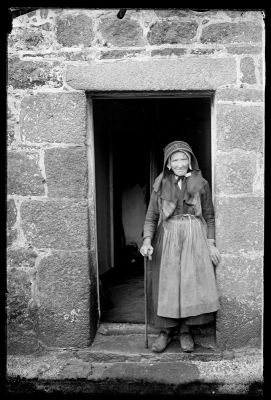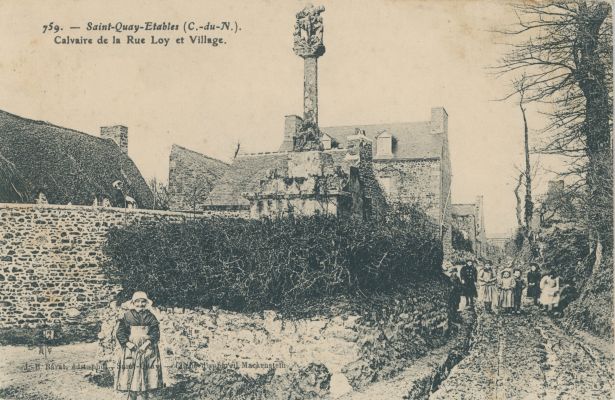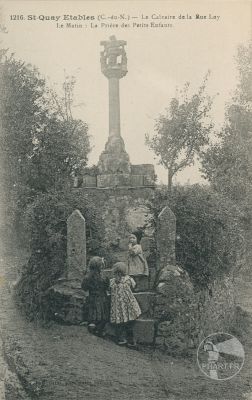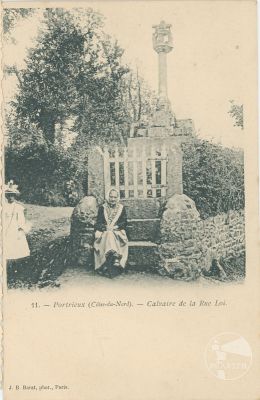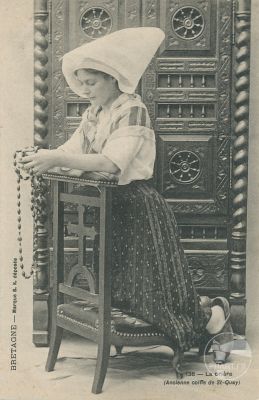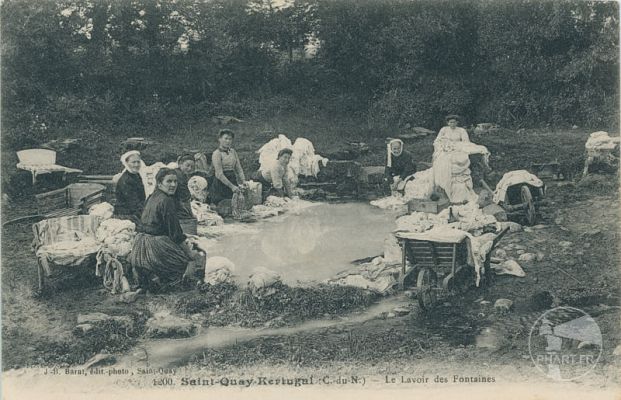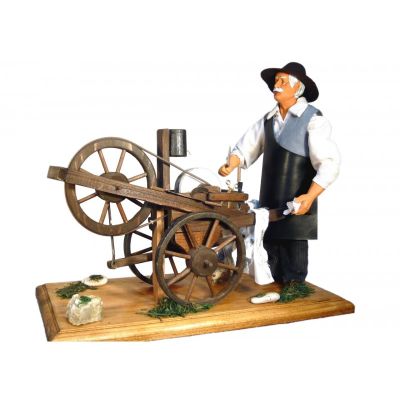The village on rue Louais

Over time, the spelling of the place has changed: rue Loye, rue Loy, rue Loi, to become rue Louais today.
A majority of women and children …
Until the 20th century, this ancient little village, independent like most others not far from Saint-Quay-Portrieux, was essentially rural in character. However, its proximity to the Portrieux made it, like many other villages close to the coast, “between land and sea”. Leaving the women to look after the family and the crops, many of the men signed up for the cod campaigns, Newfoundland, the Banks or Iceland. Some chose to join the Royal Navy. After the 1914-1918 war, they turned to the merchant navy.
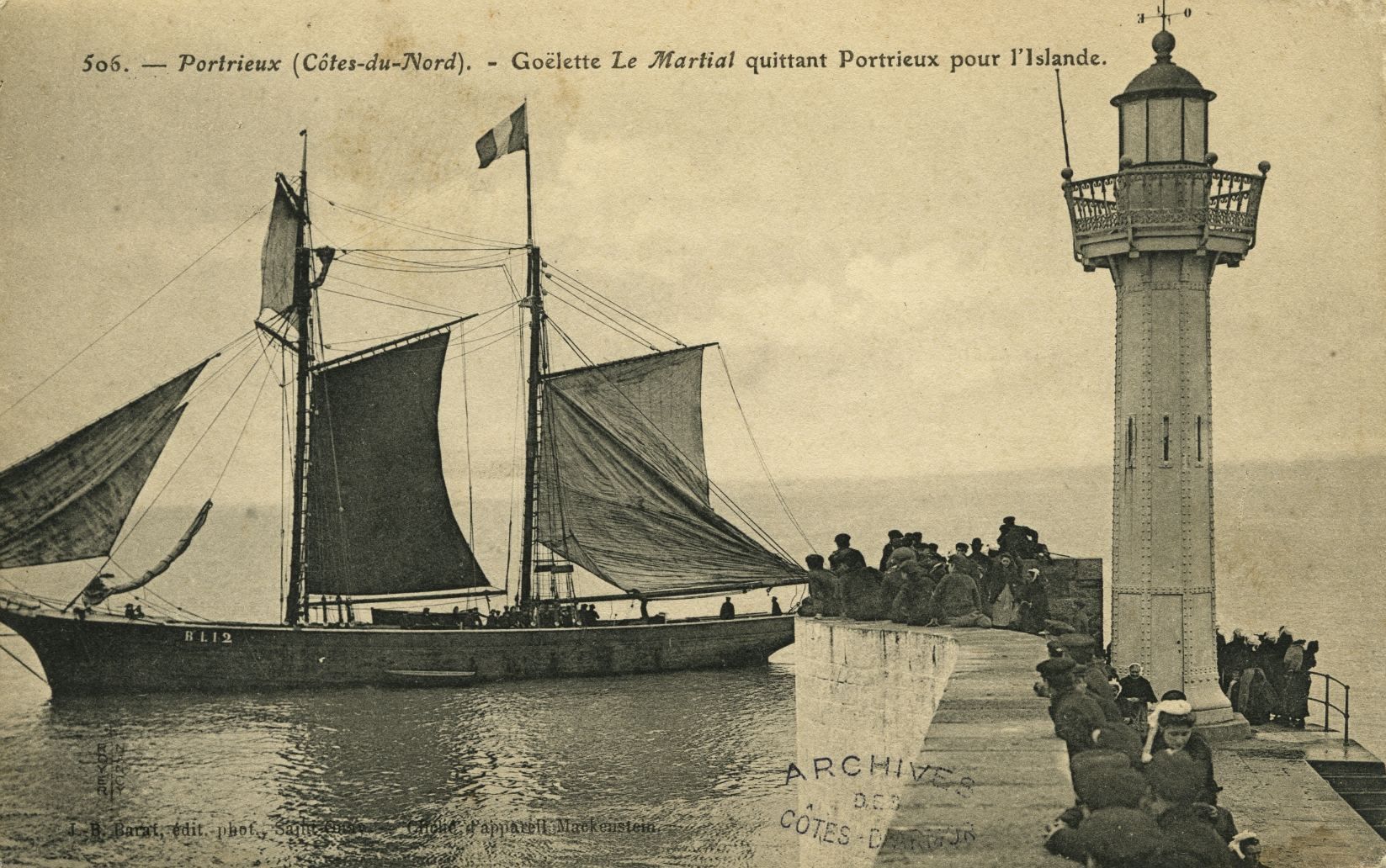
A subsistence economy
In the village of rue Louais, people produced the necessities of life on their own. A vegetable garden, a few head of cattle, and crops grown on small plots of land scattered even quite far apart were enough for the daily needs of often large families. The houses, usually grouped 3 by 3, had a common courtyard on the street side, where the well was located, and small gardens behind.
A little apart, the preferred place for agricultural production was “le clos”: land often surrounded by walls, where 2 to 3 different harvests could be obtained and fruit trees grown, including apple trees for the essential drink: cider!
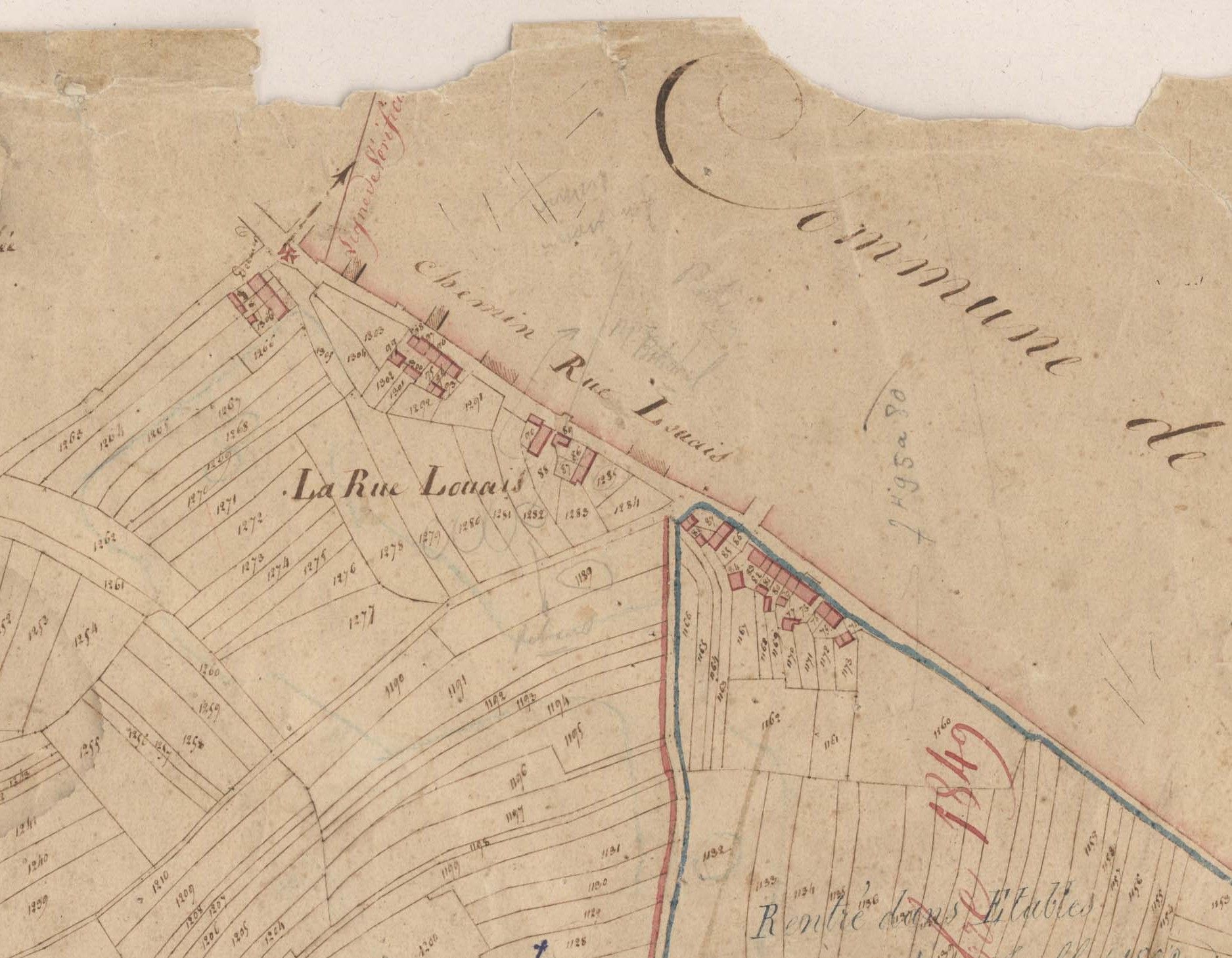
Cadastre 1822 – La rue Louais côté Etables sur mer

Cadastre 1822 – La rue Louais côté Saint-Quay-Portrieux
Group activities
Wheat was threshed collectively, with families bringing their harvest to the designated threshing floors after the harvest. Similarly, to make cider, those who owned a press pressed the apples of others. The stone walls of enclosures and gardens were built by laborers returning from fishing trips.


Life in the village
All the small village trades were present. An indispensable headdress ironer – washing, starching and ironing a headdress required several hours of meticulous work -, a few seamstresses, a quilter who passed through the courtyards with her equipment to renovate woollen mattresses, a knife sharpener who sharpened knives and sharp instruments, right up to the town crier with his drum. Some village women knew how to care for the sick, while others were responsible for washing the dead. A grocery store offered a basic but useful assortment. And if you couldn’t find what you needed, the shops of Portrieux were not far away. When the women went to cultivate their plots, the young children were entrusted to the grandmothers.
Nearby, the Gâcon washhouse was used to wash the villagers’ laundry, and later that of summer visitors, providing additional income for the washerwomen.
Three manor houses were close by, including the one in rue Louais belonging to the lords Nicol and Percevaux, who built the calvary in rue Louais at the end of the 15th century.

